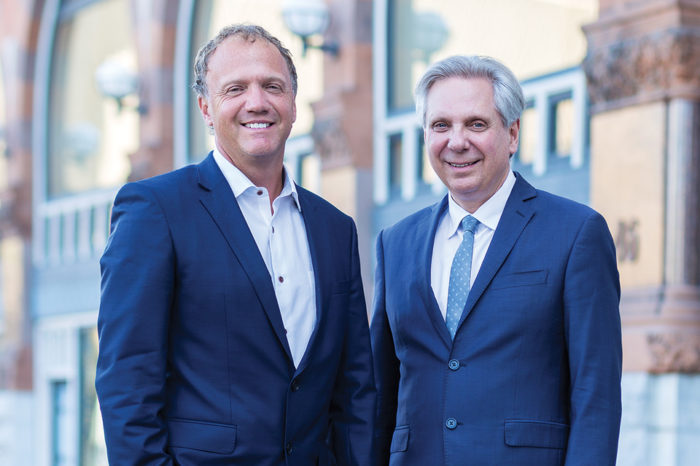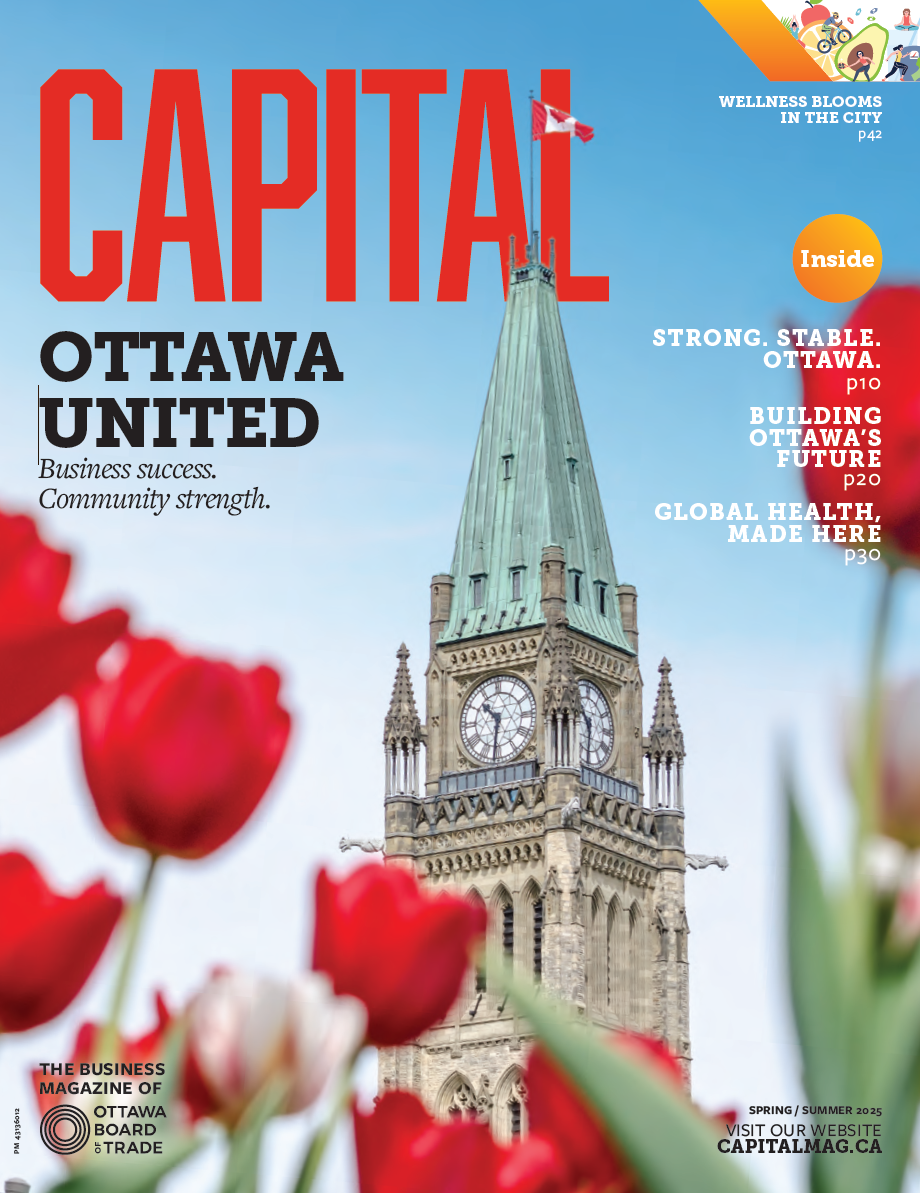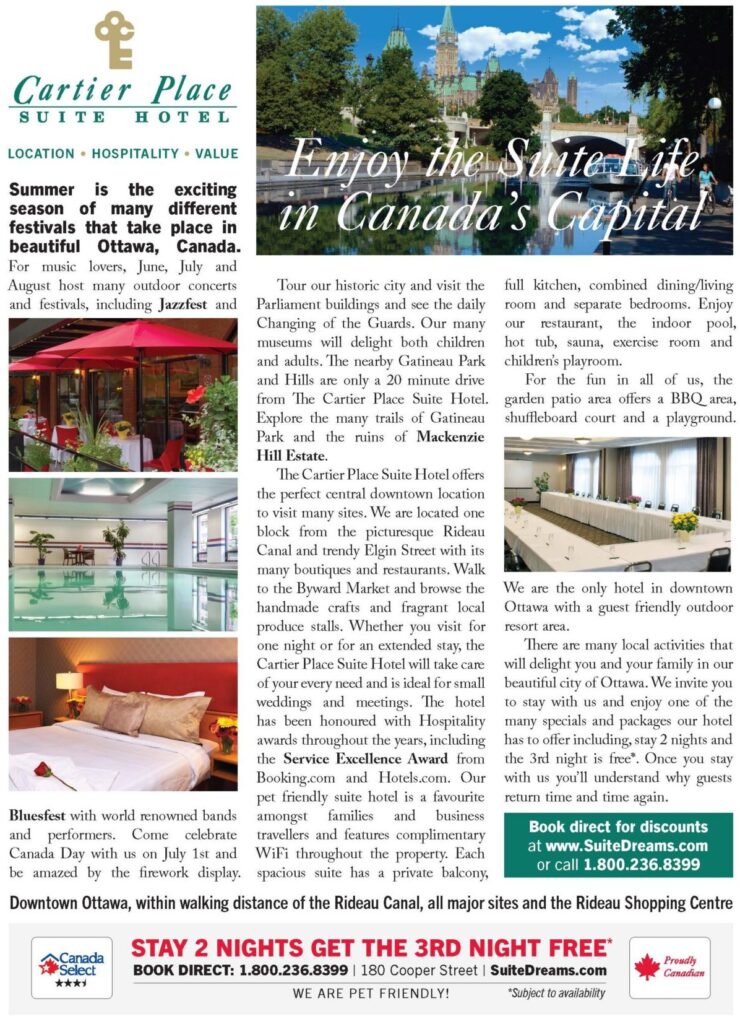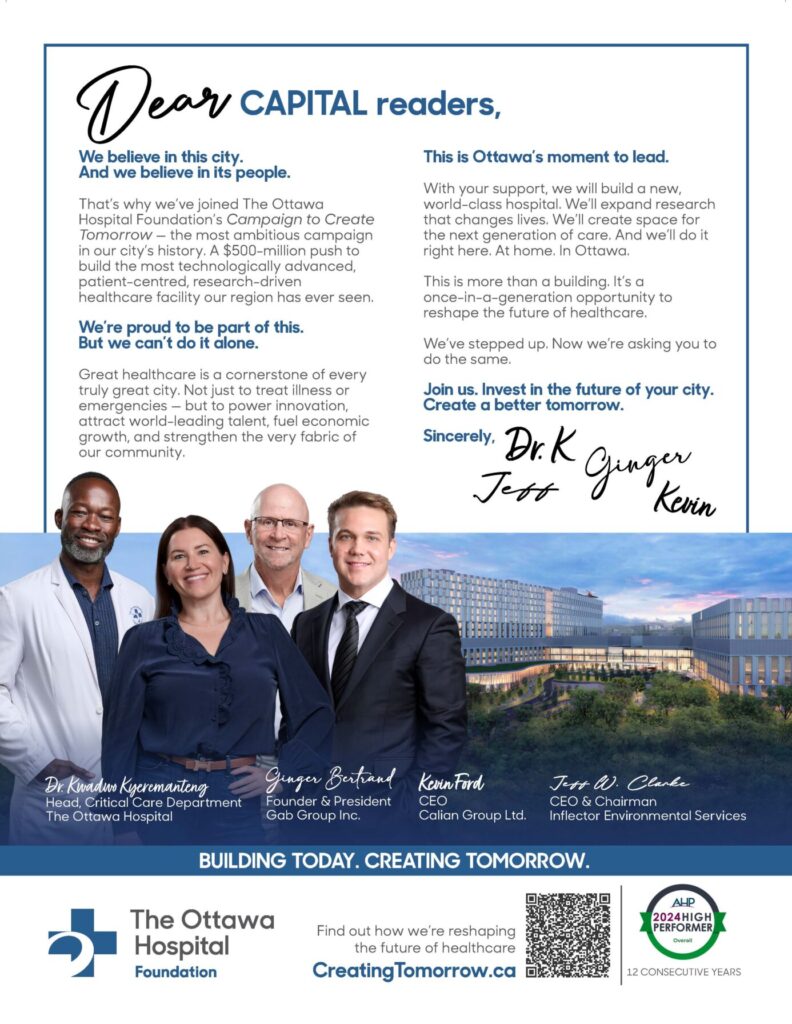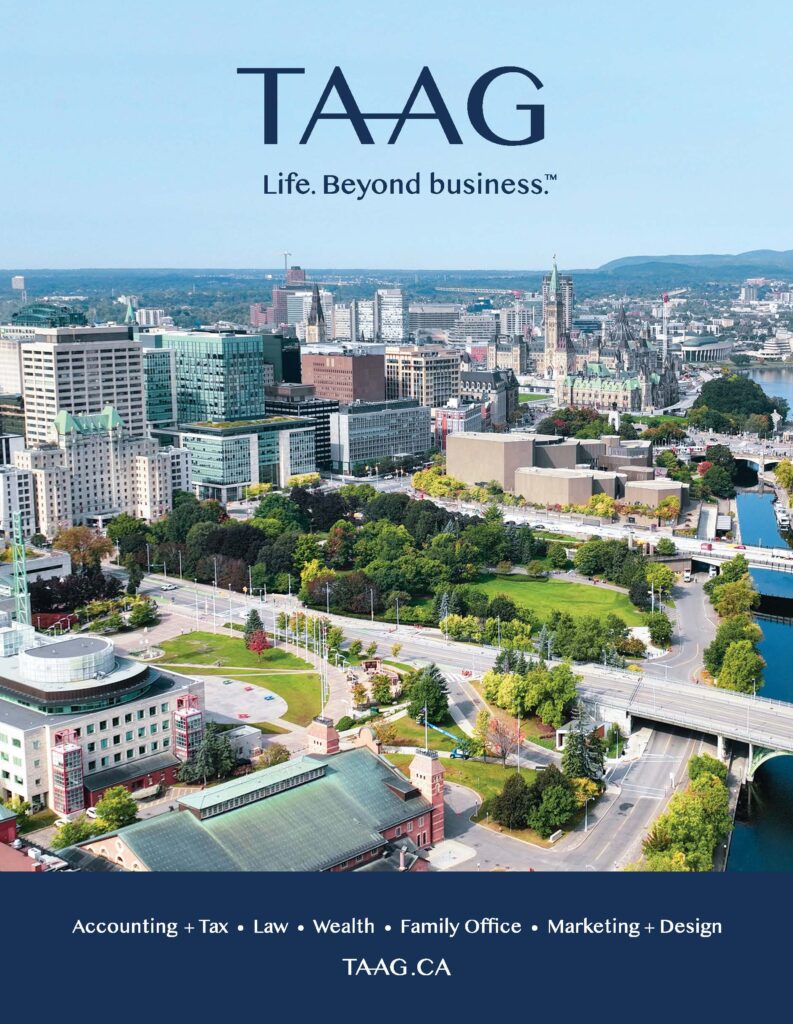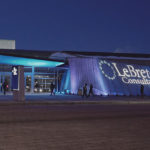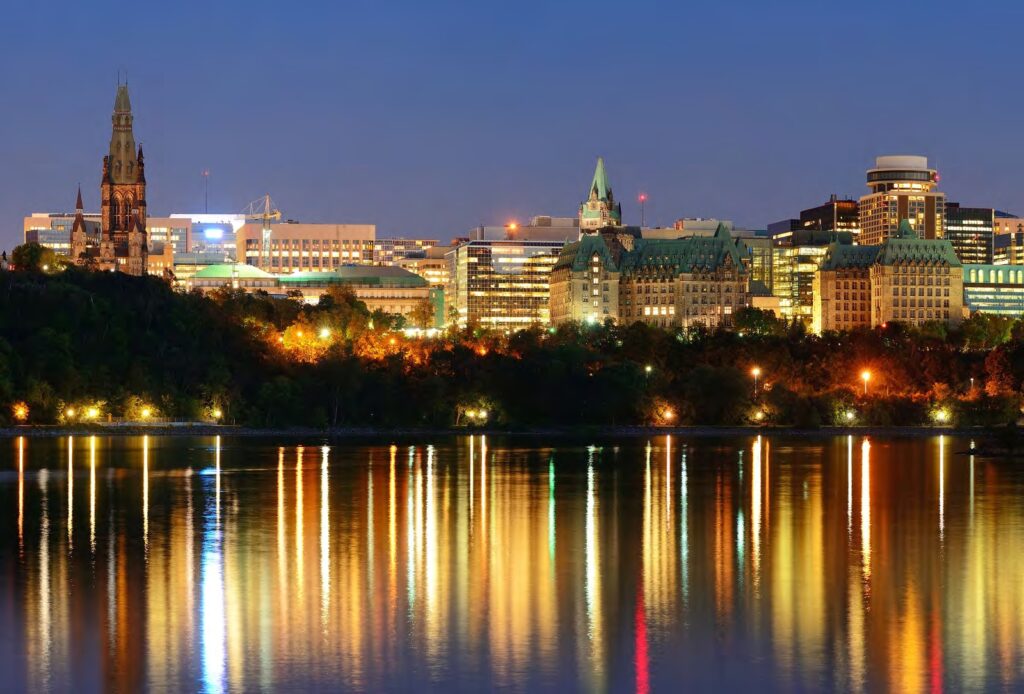Feature: The Revitalization of Lebreton Flats
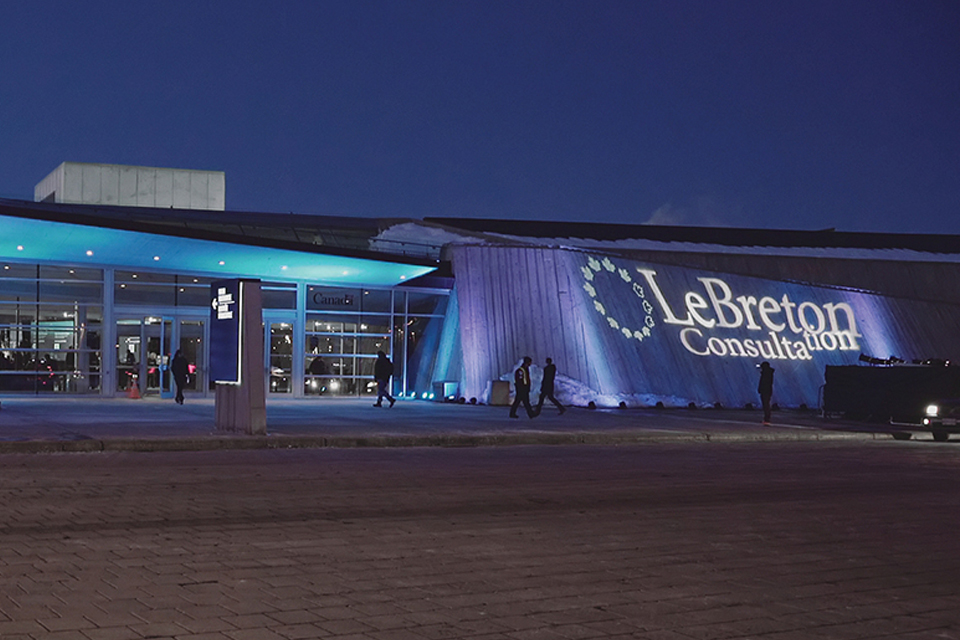
A Powerful Expression of City Building and National Identity
LEBRETON FLATS IS AT THE HEART OF CANADA’S CAPITAL. Until 60 years ago these lands played a significant role in the history of our nations—a place where goods were traded, industries created, and communities thrived.
In the 1960s, LeBreton Flats was expropriated, the buildings demolished and used along with toxic waste to fill in the Ottawa River. The Sir John A. Macdonald Parkway was implemented but the planned federal headquarters complex never materialized.
Two years ago, the National Capital Commission (NCC) launched a bold initiative for the revitalization of LeBreton Flats. The NCC carried out a rigorous international competition to select the best proponent with the best proposal for a dynamic mixed-use community and national attraction. The successful proponent would then negotiate with the NCC to complete an agreement for implementing the redevelopment program for LeBreton Flats.
The Request for Proposal documents articulate the NCC vision. “We are calling on the world’s best to come forth and make it a reality,” urged Dr. Mark Kristmanson, CEO of the NCC. “We envisage a bold, new anchor institution that will welcome the public, serve as an economic driver, feature innovative use of the land, and bring design excellence, animation and a unique public experience to the nation’s capital.”
Stating boldly that “the NCC will settle for nothing short of excellence,” the NCC Board gave highest marks to the RendezVous LeBreton Group (RLG), with a talent bank of more than 35 local and international companies and over 135 experts in project management, engineering, construction, planning, accessibility, legal, finance and market analysis.
Companies comprising the RLG have a demonstrated track record of success in Ottawa, and a love for the city. Look only to the Canadian Tire Centre, The Ottawa Hospital, the Canadian Museum of Nature, the Shaw Centre, Lansdowne Park, the Ottawa Airport, the Arts Court, the EY Centre, the Royal Ottawa Mental Health Centre, the World Exchange Plaza, the Ottawa Chambers, Rogers House, the three Sensplexes, the Rideau Centre, the Jewish Community Centre, Bayshore and the Orleans Town Centre, to name a few. Beyond that, the results of their talents are found across Canada and around the world.
RLG is a proposed joint venture between Capital Sports Management Inc., led by Eugene Melnyk, owner of the Ottawa Senators NHL franchise, who has a vision for a new world-class sports and entertainment centre on the LeBreton Flats site, and the Trinity Development Group, led by Ottawa native John Ruddy, one of Canada’s leading mixed-use development companies, and a major shareholder and catalyst in revitalizing the 48-acre Lansdowne Park.
“The landmark quality of development opportunities at this location are without parallel, as this is the largest and most significant urban development site in Canada’s capital,” Dr. Kristmanson reminded us.
RLG hopes to be the next capital builder as it works to finalize negotiations and sign contractual arrangements with the NCC for three proposed phases of the LeBreton redevelopment program spanning 2018 to beyond 2036. Members of the RLG consortium are committed to NCC principles of:
- sustainable, green environments based on the One Planet Living Framework and the expertise of Urban Equation;
- respect for heritage and the traditional lands and culture of the Algonquin Anishinabeg;
- affordable housing and accessible buildings through the leadership of BDEL accessibility experts Marni Peters and Betty Dion;
- connectivity through transit-oriented solutions, pedestrian walkways and seamless links to historic neighbourhoods;
- a year-round public anchor and major event centre with NHL hockey and world-class entertainment; and
- the iconic Abilities Centre Ottawa, a unique, accessible, multi-use community centre promoting healthy active living, rehabilitation, and recreation.
Guiding the RLG redevelopment program and its many components is GBA Development and Project Management, led by well-known Ottawa engineer Graham Bird. Graham and his team led the successful redevelopments of the Shaw Centre, Lansdowne Park, and many other complex projects in the National Capital Region.
RLG brings together the best interna-tional, local talent to detail the vision of the new LeBreton Flats including architect Barry J. Hobin, an Ottawa native renowned for superb architecture in the capital; Detroit’s Rossetti Architects, designers of sports facil-ities around the globe; Perkins+Will who specialize in sustainable and transit-oriented mixed-use design; Daoust Lestage, one of Canada’s leading urban public realm designers; and Moment Factory, a creator of international multimedia shows including Ottawa events at the Parliament Buildings on Canada Day, Christmas Lights Across Canada, and the Tulip Festival, to name a few.
Foremost engineering and technical expertise come from Parsons, Fotenn Planning & Urban Design, and Golder Associates.
Prominent Ottawa construction firms Tomlinson and PCL will mark the first visible step in the redevelopment process with the remediation of 1.2 million cubic metres of contaminated soil and waste—a first priority as LeBreton Flats sits directly beside the Parliament Buildings.
RLG engaged component developers who are among the most reputable in the region including Gatineau’s thriving Brigil, Windmill Developments—the firm behind the Zibi project on the Ottawa River—and the Morley Hoppner Group, the developer behind the Bell Sensplex in Kanata, the Centretown Citizens Ottawa Corporation, a leader in affordable housing, and Mattamy Homes.
The RLG plans to re-create five distinct neighbourhoods—Bayview, Quartier LeBreton, Asticou, Aqueduct and Pimisi— designed around a public open space and animated with residential, retail, amenities, and gathering places that promote a pedestrian-focused lifestyle. The community will be supported by the LRT with Bayview Station at the west end and Pimisi at the east.
The redevelopment will happen in three phases—beginning with Phase 1, 2018 to 2026, which includes the construction of the major event centre, the Abilities Centre Ottawa, Quartier LeBreton, Pimisi and Aqueduct neighbourhoods.
Phase 2, from 2026 to 2036, includes the development of the Asticou neighbourhood; Phase 3, from 2036 on, includes the Bayview neighbourhood.
“This project will benefit the economies of both Gatineau and Ottawa,” said Mike Reid, president of the Building and Trades Council representing Western Quebec and Eastern Ontario. “There will be over 22,000 construction jobs for Quebec and Ontario workers such as planners, designers, engineers and trades specialists. An additional 12,000 jobs will be created through the suppliers of materials such as steel, concrete, wood, glass and more. LeBreton will contribute to a healthy construction industry which ensures the health of our economy, the training of the next generation of tradespeople, and widespread prosperity.”
The RLG plan will contribute to a vibrant construction industry and the training of the next generation of tradespeople, including First Nations workers from the Algonquin communities and both sides of the Ottawa River.
Winning features of the RLG bid include:
- The Major Event Centre, home to the Ottawa Senators, with its 18,000-seat capacity along with its LeBreton Square capable of holding up to 28,000 people, the focal point of the site;
- The public realm will serve to move people. With two major axes overlaying traditional street grids, residents, workers, and visitors will be able to flow easily and access the covered LRT system;
- The linear historical Aqueduct will be reborn as the border for cafes, markets, shops and seating areas;
- A pedestrian concourse called the Public Art Axis will work in partnership with the Canada Science and Technology Museum to stage the Innovation Promenade, an experiential digital pathway;
- A pedestrian concourse called the Public Art Axis will work in partnership with the Canada Science and Technology Museum to stage the Innovation Promenade, an experiential digital pathway;
- The Abilities Centre Ottawa will provide an unprecedented, multi-use sports facility providing unique programming that promotes healthy active living, rehabilitation, and recreation to meet the diverse needs of the young and the old, the able-bodied and disabled;
- The Sensplex community-use ice rink facility housing two NHL-sized hockey rinks, designed to be the most accessible skating facility in the region, will host national and international sports tournaments, and function as the Ottawa Senators’ practice facility;
- A transit-oriented plan allows for 65 percent of visitors to arrive at LeBreton Flats by Light Rail Transit at Pimisi and Bayview stations, or by cycling or on foot.
“I want to congratulate the NCC on all their work to bring a revitalized development program to LeBreton Flats,” said Ian Sherman, chair of the Ottawa Chamber of Commerce. “We encourage you to implement the new program as soon as possible. The business communities on both sides of the Ottawa River are fully supportive and ready to help.”
